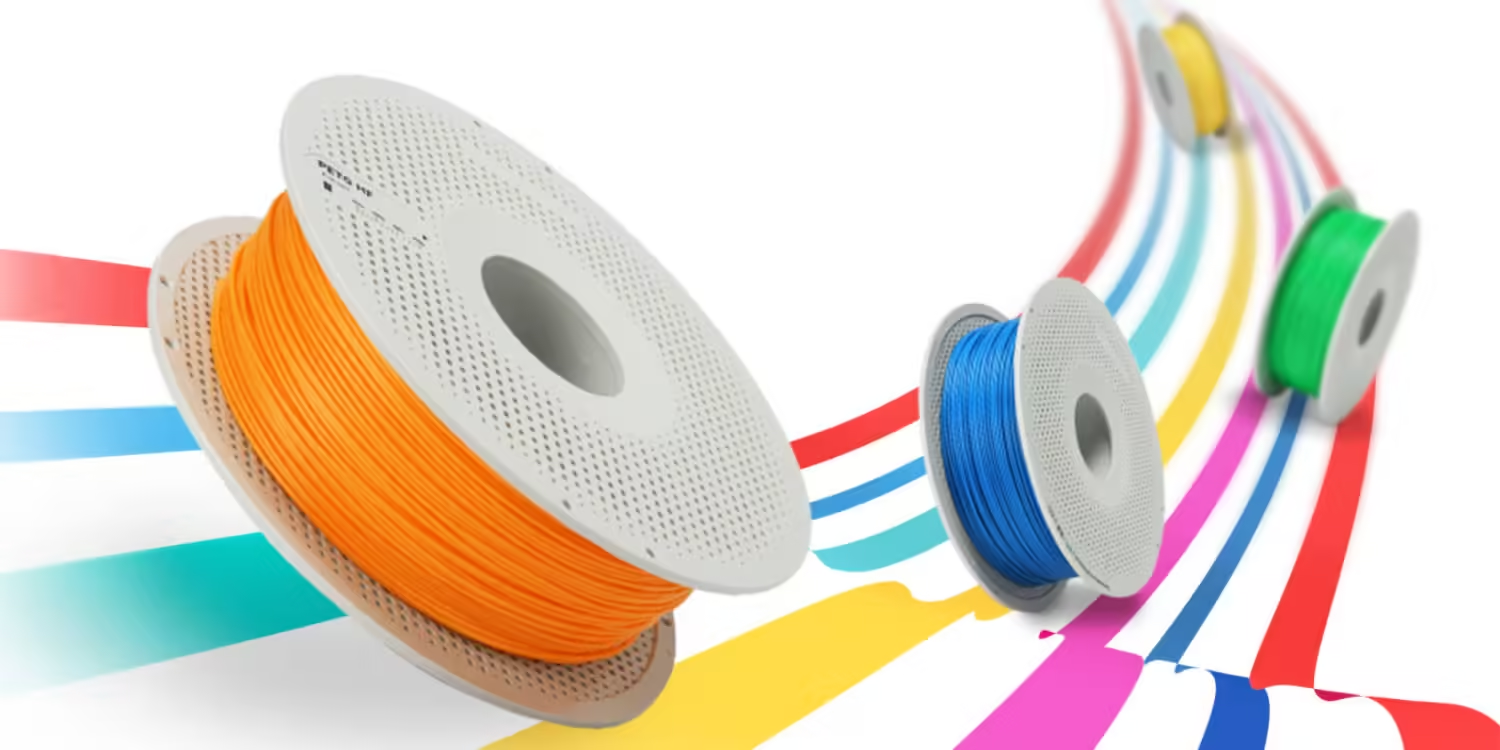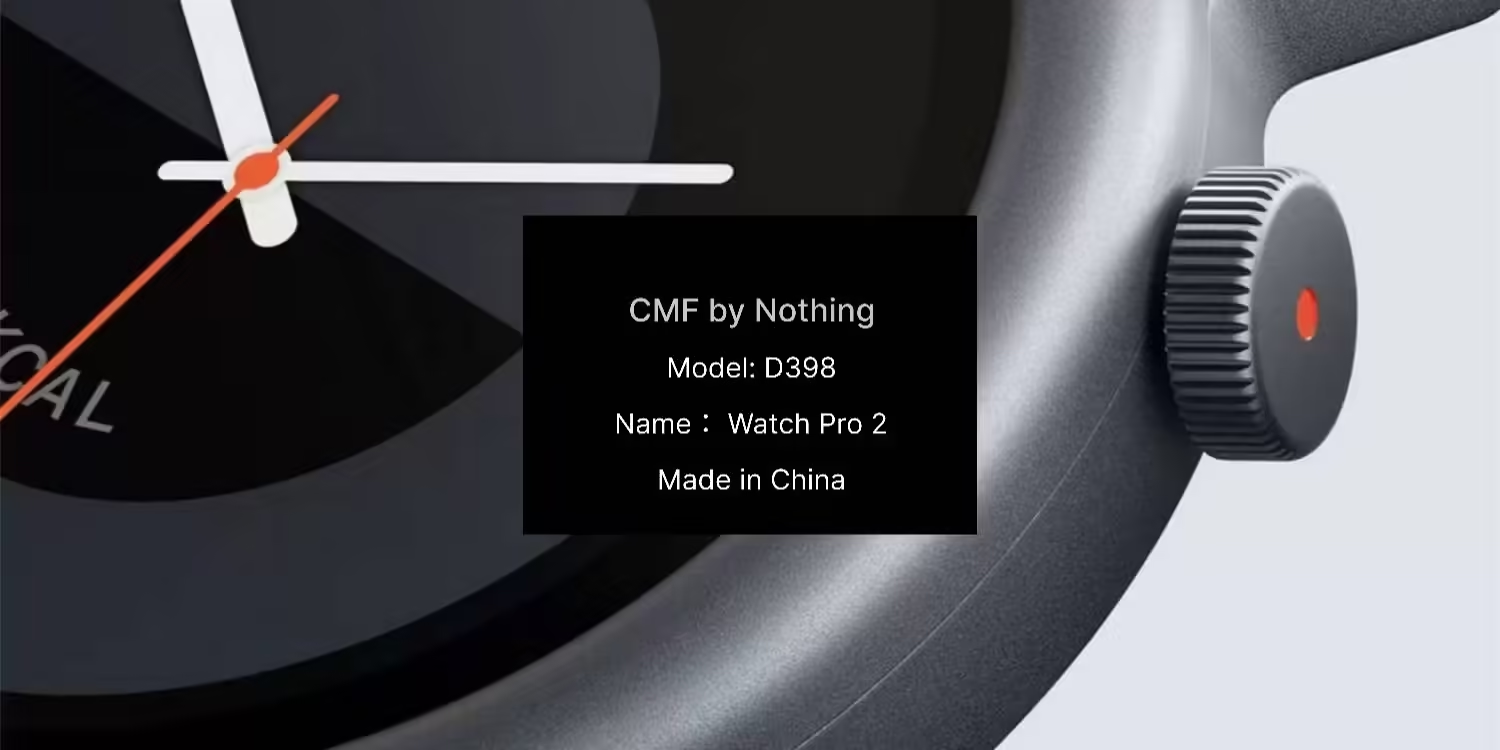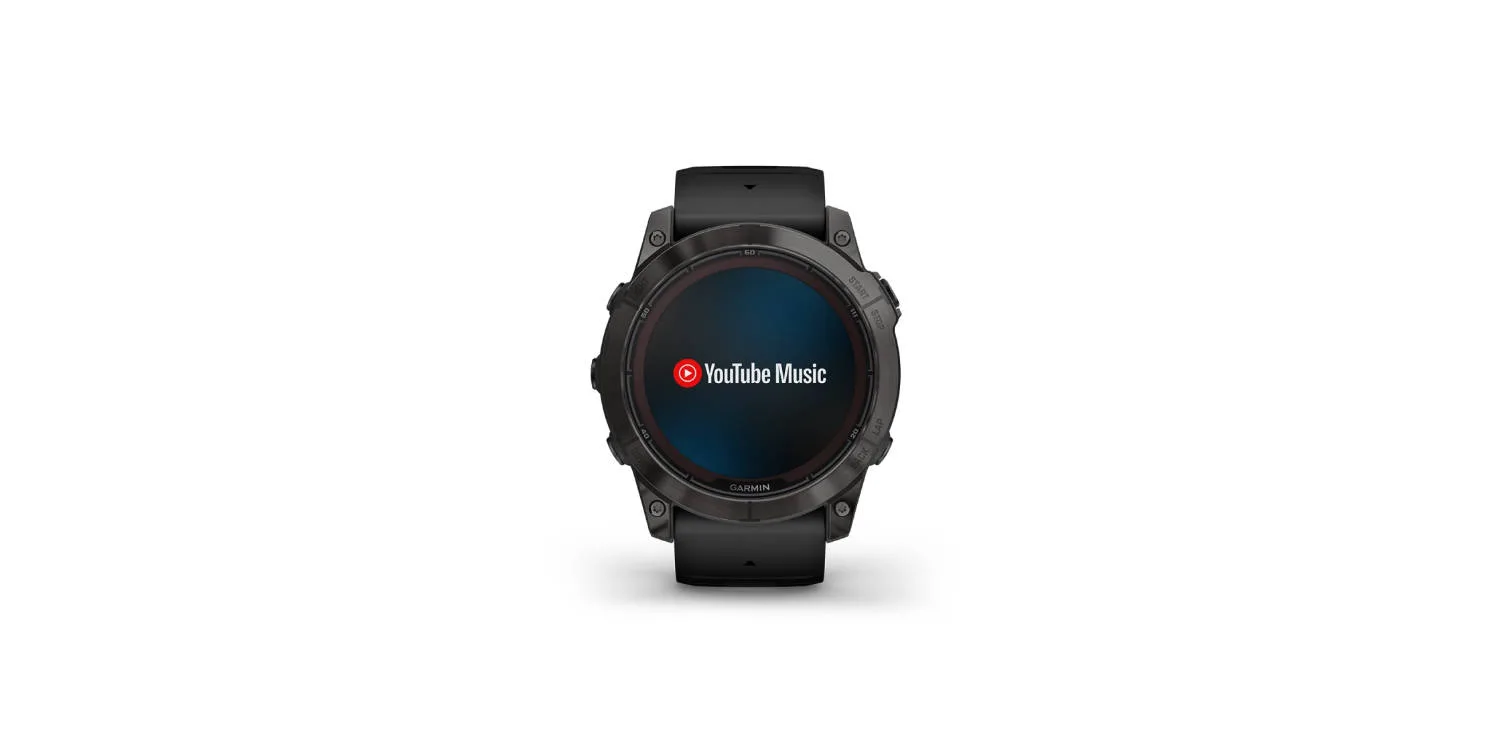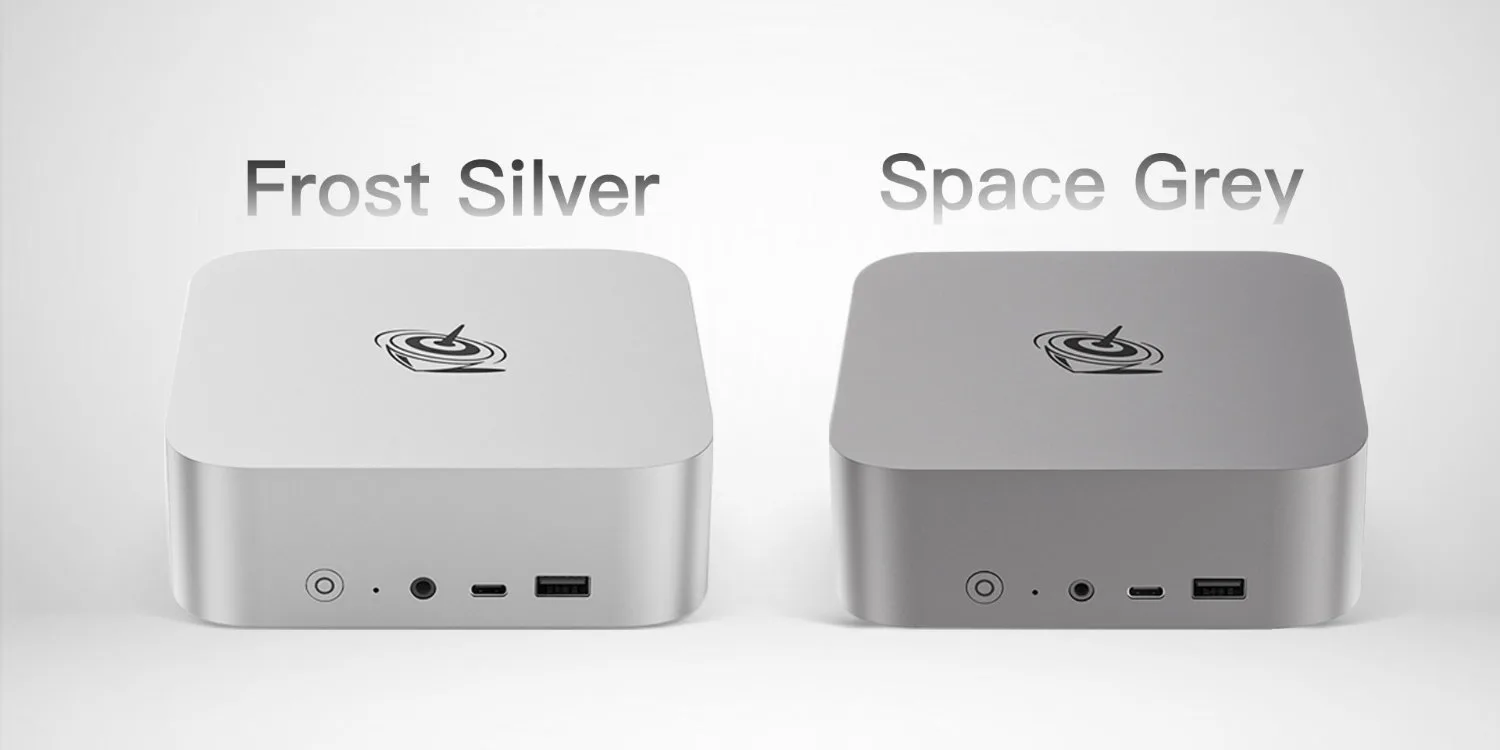Today, we are reviewing the Beelink GTi14 Ultra Mini PC now that we’ve had it for just over a month. The GTi14 Ultra is a compact powerhouse with a twist. It features a full size PCIe slot for external graphics cards.
The Beelink GTi14 Ultra 7 model we have here comes with an Intel Core Ultra 7 155H 16 core, 22 thread processor and comes in at $849, currently on sale from $999. Out of the box the PC comes with 32GB of DDR5 SO-DIMM RAM and a 1TB M.2 SSD, both being from Crucial.
While this CPU does feature an NPU, I actually don’t have any practical use for it at the moment, so will not be diving in to how it performs.
Beelink has a number of main selling points when it comes to the GTi14 Ultra. First, let’s look at the silent performance and dustproof nature. Yes, while using the PC is practically silent, under load the fan begins to be a little noticeable, but nothing too annoying.
Second, the built-in speakers are a nice touch, they sound better than speakers often found in cheap monitors but are muffled by the table the PC is placed on and do lack depth. They are a great inclusion for anyone that doesn’t have any other audio outputs though.
The third feature, and the most interesting is the PCIe slot that allows the GTi14 Ultra to connect to Beelink’s EX docking station. The docking station features a full size PCIe slot running at by 8-speed, an option for an external Wi-Fi card or additional M.2 SSD. It also has an extra USB-A port.
The dock has a built-in 600w power supply to provide the two 8-pin power connectors with additional power for the GPU. Beelink have said a future version of the dock will include a third 8-pin connector for cards like the 4090 from NVIDIA.
Quick look at the GTi14 Ultra
The Beelink GTi14 Ultra 7 we have is the silver variant. The front of it features a USB A 10 gig port, MicroSD card slot, USB C 10 gig port, a 3.5-millimetre headphone microphone combo port, a power LED, and a power button with a fingerprint scanner. Both of the sides of the PC are solid.
Heading to the back of the PC, there is the AC power in, a Thunderbolt 4 USB C port, a second 3.5-millimetre headphone microphone combo port, a DisplayPort 1.4a port capable of 4K 144fps, a HDMI port capable of 4K 60fps, two 2.5 gigabit LAN ports, four USB A 10 gig ports, and the exhaust for the CPU.
Moving to the bottom of the PC, there is the air intake for the CPU and the most interesting part, the PCI e slot running at x8 speed.
Beelink GTi14 Ultra performance
Let’s dive into the benchmark results, starting with the performance with the integrated graphics. In Cinebench R24, the system achieved 86 points in the single-core test and 771 points in the multi-core test.
Moving on to gaming performance, Cyberpunk, when set to medium settings, ran at an average of 32.05fps. With Ray Tracing set to low, the frame rate dropped to 21.32fps, showing a clear demand on the system’s resources.
For stress testing with FurMark, the results were modest, with the OpenGL benchmark achieving 1284 points and running at an average of 21fps, while Vulkan performed slightly better with 1413 points at 23fps.
With the dock
Now, let’s take a look at how things change with the dock connected with an Intel Arc A770.
In Cyberpunk, with the dock and settings cranked up to ultra the Beelink GTi14 Ultra delivered an impressive 69.38fps. Even with Ray Tracing set to ultra, the performance remained solid at 46.23fps.
The FurMark stress tests further emphasize this improvement, where OpenGL shot up to 6001 points at 99fps, and Vulkan performed even better, reaching 6216 points with an impressive average of 103fps.
As you can see, using the dock provides a substantial boost in performance, especially in gaming and graphical tasks, making it a key addition for anyone looking to push their system’s capabilities further.
GTi14 Ultra pros
The Mini PC looks great, while it is not built to the same quality as a Mac Mini, it looks great on a desk, not taking up too much space and without making any noise. The built-in speakers on the mini-PC are decent for their size and purpose, but they perform better when paired with the EX Dock as they are no longer muffled by the table.
Another highlight is the excellent I/O on the mini-PC, offering a wide range of useful ports conveniently located on the front, along with the added benefit of a fingerprint scanner integrated into the power button for enhanced security and ease of use.
GTi14 Ultra cons
The Beelink GTi14 Ultra struggles with weak Wi-Fi connectivity, both with and without the EX Dock, primarily due to poor antenna placement and the interference caused by its metal casing. Accessing the internal components like the RAM and storage is also a hassle, as it requires the removal of 15 screws, making upgrades unnecessarily tedious.
While the EX Dock features its own power button, which allows you to run the PC without using the external GPU, this option is not particularly useful in most practical scenarios. The docking station also doesn’t come with external antennas, and odd choice when providing external antenna connections for improved range.
Another downside is that Beelink’s software server is based in China, which leads to slow download speeds and frequent failures with larger files, though contacting support typically results in receiving a file upload link that works.
Furthermore, Beelink does not provide changelogs for BIOS updates, which would be helpful for users to understand what changes are being made in each new version.
TLDR
Overall, the Beelink GTi14 Ultra is a solid mini PC that I’ve been happy with so far. It’s silent, performs well in everyday tasks and has the ability to play less demanding games on low for a bit of gaming. It’s a great option for those who want a reliable PC that can play the occasional game.
When it comes to the dock, it’s a great idea for those that own mini PC’s, but to me doesn’t make a whole lot of sense. When it comes down to it, I would choose to build a SFF PC as it ends up taking the same amount of space and means you have a CPU that can be upgraded. Other than that, it works well, provides enough power to the GPU and does what it claims to do.











